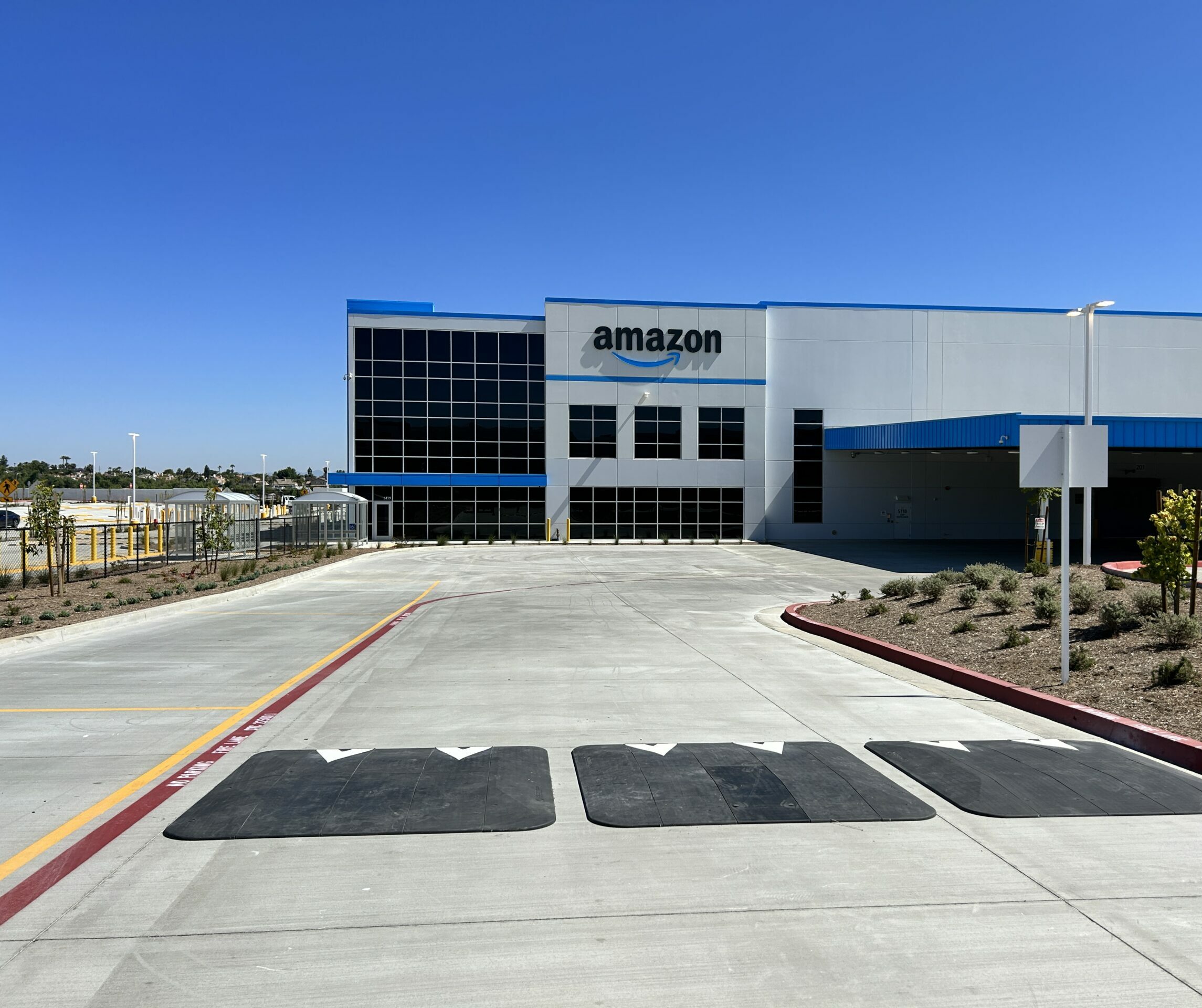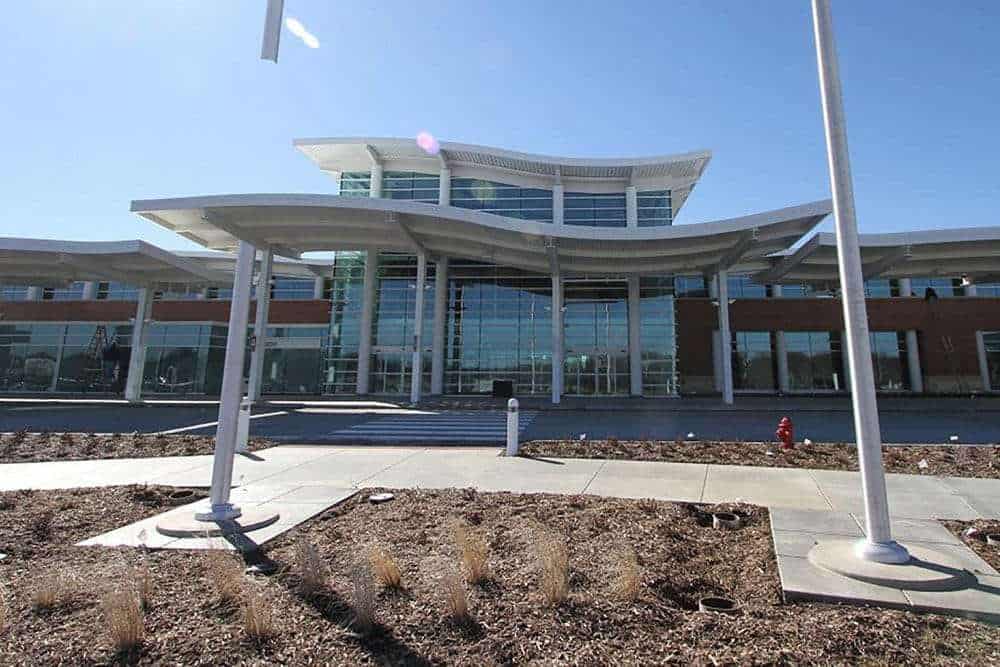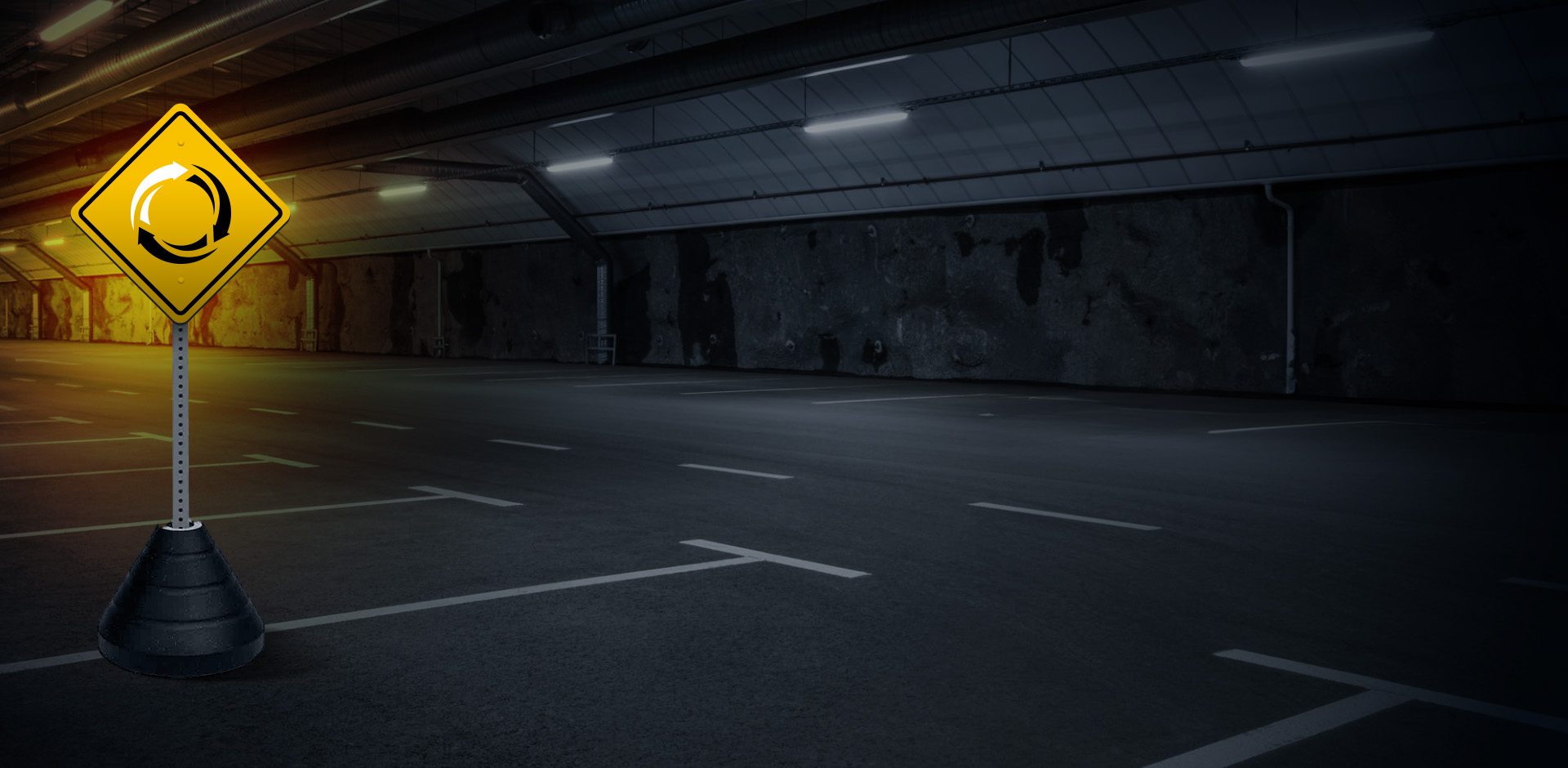What’s the difference between a speed hump and a speed bump? Road installations find themselves in one of those “to-ma-to” and “to-mae-to” situations. Look at speed bumps and speed humps, for example. Everybody uses them interchangeably, nobody knows who’s right, and nobody wants to find out.
However, there is difference between speed humps and speed bumps. Speed bumps and speed humps are just different approaches to the same problem; slowing down vehicles. Speed humps tend to be slightly smaller in height than speed bumps but longer, whereas speed bumps are taller and more likely to be found in a parking lot.
Why Your Facility Needs a Speed Bump
Be it a school, convenience store, parking lot, or a residential neighborhood; all places have transitional spaces where humans and moving vehicles interact.
If you’ve driven around your neighborhood, you have probably seen playgrounds where kids walk across roads. What about restaurants? You’ve witnessed adults exit their vehicles with the delighted kids jumping around as a few cars move nearby.
Because of the number of careless drivers driving drunk or on their phones, lives are usually at risk. Every few years, a minor accident or a near-miss will shake the community for a few weeks. Then everybody will forget until the next one.
Where Speed Bumps and Speed Humps Come In
Unlike road signs and traffic lights, speed bumps and speed humps are hard to ignore. Since they are modifications to the actual road, they will bring all cars to slow down.
Moreover, even if a driver is not paying attention, say they’re sleeping, on their phones, or drunk, they jolt the driver back into focus. Speed bumps and humps will give you the option to ensure safety, build trust and possibly go green while at it.
When used in moderation, speed bumps and humps come with a lot of benefits. These pros include:
Safety
Speed bumps and speed humps assure your customers that you value their safety and that of their loved ones.
Even if nobody notices or appreciates the little effort, nothing is lost. In fact, you get to sleep better knowing that you did everything possible to keep your customers safe.
If you own a facility that hosts children or teenagers, a speed bump or speed hump is a step in the right direction in terms of safety.
Avoid Accidents
Though we may not want to accept it, accidents happen. They are bad for lives, safety, and business. Remember, you don’t want your business to be the scene of a shooting on prime-time news.
Similarly, you don’t want your business to be the scene of an avoidable grisly accident at the prime time news.
Speed Zones
Speed bumps and speed humps both slow down vehicles, only at different rates. If you need cars to slow down in a 10-15 mph zone, speed humps will do the job.
Such speeds are necessary around schools, animal crossing, and parks with a consistent flow of traffic.
What if you want cars to slow down to about five mph or even a stop? Well, that’s what they made speed bumps for.
Aggressiveness
If you’ve ever driven above a speed bump at 50mph, then you know how aggressive they are. As you’ll see later, the design of the speed bump makes it more aggressive than the speed hump.
In places like hospitals, where ambulances frequently pass through, a speed hump will be a better alternative to a speed bump.
Airports and places with security checks are a different story altogether. A speed bump will do a better job at stopping aggressors who don’t want a security check.
Travel Distance
Another big difference between speed bumps and speed humps is the travel distance. This term refers to the width of the raised surface where engineers place the speed bump or hump.
To keep it simple, a speed bump is narrower than a speed hump. Your average speed hump will be 14- 22 feet wide, whereas your average speed bump will be six to four feet wide.
Spacing
Due to the difference in aggressiveness, the spacing between speed bumps and speed humps also differs.
Speed bumps are more aggressive and are hence placed at wider intervals. Placing two or three bumps nearby is a disservice to the drivers, and you will soon be receiving complaints.
Since speed humps are mild, you can place two in close proximity. If it’s necessary, you can get away with three speed humps with little or no complaint.
Painting
The painting of speed bumps and speed humps is one more difference. As a rule of thumb, engineers paint speed bumps with bright colors like yellow.
Speed humps, on the other hand, get away with lighter colors such as white. The reasoning is that since speed bumps are more aggressive, drivers need to see them from a distance so as to start braking.
For speed humps, drivers can start braking at close range. However, take note that painting speed humps isn’t mandatory.
Complimentary Uses
Since a speed bump has a shorter traveling distance, its uses are limited to just slowing down cars. The same can’t be said about speed humps, however.
By painting a speed hump with white stripes, you can convert it into a pedestrian walk. This strategy serves two purposes; notifying drivers of a speed bump and also allowing pedestrians safe access.
The pedestrian access will go a long way in helping drivers feel less inconvenienced by the speed hump because it gives a motive behind its existence.
Installation Time
Given that speed humps have a longer traveling distance than speed bumps, they will take more time to install.
One speed hump can be an equivalent of three or two speed bumps in terms of driving distance, hence the longer installation time.
However, thanks to recent advances in technology, you no longer have to make your speed bumps from asphalt. Your options are endless. You could have rubber speed bumps or even an environmentally friendly option like reclaimed rubber. Both take a much shorter time to install.
The Importance Of Speed Bumps/Hump Signs
Whichever option you choose, that bump or hump is only as effective as the sign. Without labeling or informing drivers you turn a well-meaning idea into a potential hazard.
That said, any accident caused due to an unlabeled road modification will be your liability.
It will put your business in the path of potential lawsuits and bring bad press or reputation.
Where We Come In
For most businesses, painting a large section of their parking lot is a big no. Many feel that it interferes with the general aesthetics and even branding of their businesses.
This situation only leaves one option; signs.
They don’t take up as much space, are not as aesthetically intrusive, and can be scaled or moved appropriately.
Why Rubberform
Well, modern problems require modern solutions and Rubberform is one. We spent the last few decades building capacity to help businesses like yours with their signs.
Our mission, R&D, on the backdrop of experienced teams, has come with solutions to make your signage issues a thing of the past. As a result, our products are 100% recycled, American made and LEED certified.
For more information, contact us today, and we will be more than willing to help.




